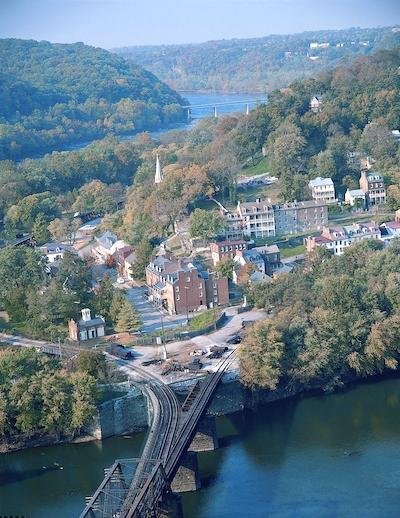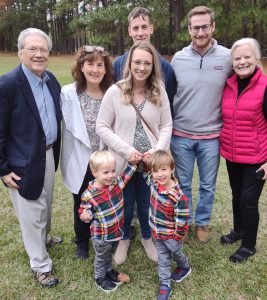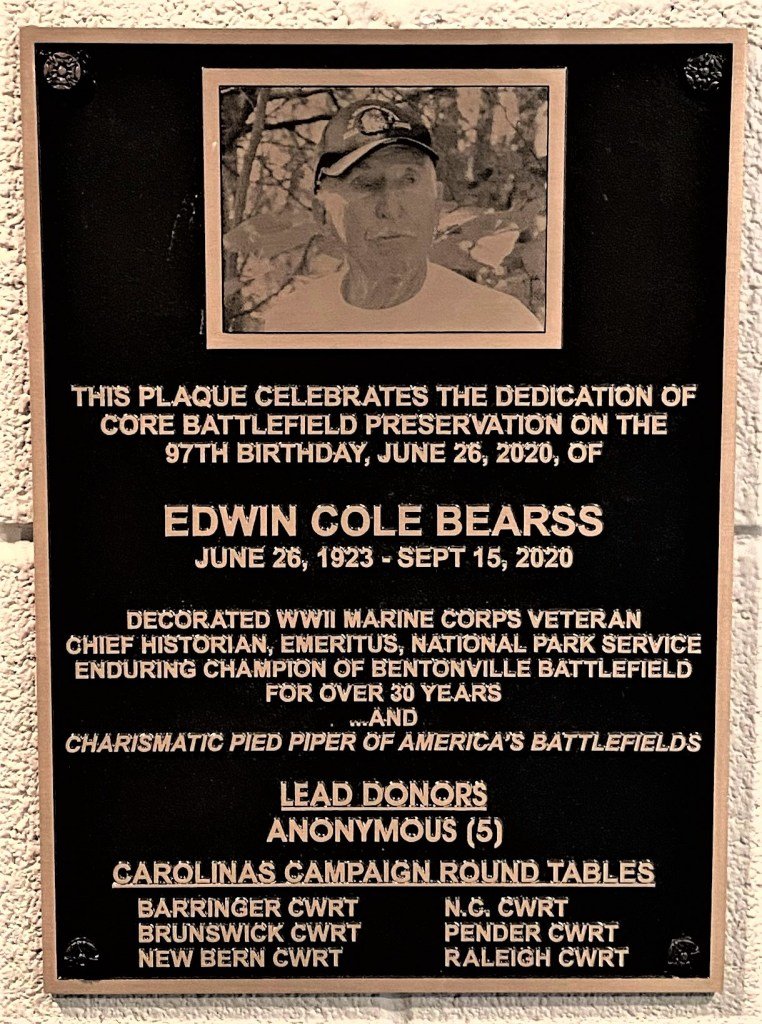from the Gettysburg Connection
Feb 21, 2022
The Thaddeus Stevens Society has planned three days of celebrations, including the installation of a statue in front of the Adams County Courthouse, on April 1, 2, and 3, 2022.
Some more information about Stevens is here.
Steven’s statesmanship and patriotism, and especially his dogged determination and intelligence, led him to take actions to advance equality for all during pivotal times in our nation’s history, during the 1800s. Without his many wise and heartfelt contributions, our country would have looked very different after the Civil War ended. His actions continue to inspire us.
ORIGINAL POST:
A statue of Thaddeus Stevens, the most powerful congressman during and after the Civil War, will be dedicated in front of the Adams county courthouse on Baltimore Street in Gettysburg on April 2 at 2:00 p.m. It will be only the second statue of Stevens to be erected despite his importance to American history.
The dedication is part of a three-day celebration of Stevens’s 230th birthday, which will take place on April 1, 2 and 3 in Lancaster, Gettysburg and Caledonia State Park near Chambersburg. The complete schedule can be found at this webpage: https://www.thaddeusstevenssociety.com/calendar For information on banquet tickets and package deals, email info@thaddeusstevenssociety.com
The statue is being paid for by the Thaddeus Stevens Society, a 22-year old nonprofit dedicated to promoting Stevens legacy. The sculptor is Alex Paul Loza of Chattanooga, TN.
Immortalized in the movie Lincoln, by Steven Spielberg, Stevens was a fearless champion of freedom and equality. During his lifetime, Stevens’s fame rivaled that of Abraham Lincoln and when he died in 1868, his body laid in state in the Capitol Rotunda — an honor previously given only to Lincoln and Sen. Henry Clay. 20,000 people attended Stevens’s funeral in Lancaster, PA.
He was the Father of the 14th Amendment — the single most important amendment to the Constitution– and savior of public education in Pennsylvania. He also helped persuade Lincoln to issue the Emancipation Proclamation, developed reconstruction policies, spearheaded the impeachment of President Andrew Johnson, and participated in the Underground Railroad.
When he died in 1868, it was widely anticipated that there would be numerous statues erected to Stevens. “Monuments will be reared to perpetuate his name on the earth,” said Horace Maynard, a Tennessee congressman on the floor of the House of Representatives in 1868. “Art will be busy with her chisel and her pencil to preserve his features and the image of his mortal frame. All will be done that brass and marble and painted canvas admit of being done.”
Yet, 154 years after his death, there is only one Stevens statue and that only went up in 2008 at the Thaddeus Stevens College of Technology in Lancaster.
There are many reasons why Stevens was not remembered in brass and marble. A big reason was that admirers did not vigorously pursue efforts to honor him. But a larger reason is that his enemies — the people who wanted to destroy the country and preserve slavery — were more determined to demonize Stevens as part of the “Lost Cause” propaganda effort to distort the historic record of the Civil War and Reconstruction.
There have been a few other efforts to erect Stevens statues, but they all failed. The first one was in 1900 by Vinnie Ream, a famous sculptress who did the Lincoln statue that stands in the U.S. Capitol. She had a close relation with Stevens and even did a bust of him, which unfortunately has been lost. That possible statue, which was to be in Lancaster, was never done.
Another statue was proposed in 1909 when a group wanted to erect a monument in Harrisburg to public education. It would have included the figure of Thaddeus Stevens, who is known as the Savior of Public Education in Pennsylvania for a speech he made in 1835 that turned back a repeal effort of the fledgling state school system. Once again, the effort faded away.
And even in recent years, a statue was supposed to be erected at the historic Thaddeus Stevens school in Washington, D.C. as part of a renovation project, only to be scuttled by the city’s bureaucracy.
Finally, in 2015, the Thaddeus Stevens Society decided to start a fundraising effort for a statue in Gettysburg, where Stevens lived from 1816 to 1842. The fundraising went on for years and in 2018, the effort received a major contribution from Michael Charney of Ohio and the effort reached the goal of $55,000. The Society then did a nationwide search for a sculptor and selected Alex Loza of Chattanooga, TN.












